Description
| Species | Pleurotus ostreatus var. Sporeless |
| Difficulty ℹ️ | 🍄 |
| Spore Coloration | White |
| Ecology | Saprotrophic |
| Edibility | Choice |
COMPOSTING. Wheat straw is chopped at 3-5 cm and wetted. Moisture must reach 72-74%, beware not to lose too much structure to keep the stack aerated. Periodically straw is wetted and mixed with other N rich raw materials to balance C/N ratio and conditioners to balance pH. Be sure the stack is mixed homogenous. After wetting the substrate needs a pasteurization at 58-62°C for 10-12 hours or more (max 70°C – 36 hours) and then Conditioned to 48-50°C to reduce the ammonia and increase selectivity. Pasteurized substrate must have 70-71% moisture, pH 7,0-7,6 and Ntot 0,8-1,3% (dry weight). N contents depend on the raw material used: usually N rich substrates are produced in winter while full straw substrate are produced in summer.
INCUBATION. Substrate is spawned at 2,0-2,5% then packaged in 15-20 kg blocks. Keep the temperature at 27-29°C. Mycelium will grow aggressively and after 12-18 days it will be fully grown. Consider Pleurotus mycelium grows best at 28,5°C, but do not exceed the growth temperature!
PINSETTING. As optimum values air T° must fall on range 14-17°C and by humidification R.H. is kept 95% to avoid drying pins. CO2 levels around 1.000 ppm depending on the demand for number of pins per cluster. 100 lux for 12 hours a day is enough. First primordia appear at 15-20 days. More light and cold temperatures will darken the fruit bodies extra.
FRUITING. When primordia reach 1,5-2,0 cm diameter room temperature must be increased to 16-17°C, CO2 under 700-900 ppm and RH% lowered to 85-90% to stimulate evaporation. After the first flush CO2, R.H. and substrate temperature need to go up in order to get a good new pin-setting. Decrease again when the pins are set.
Some photos of this product in its wild-foraged form are sourced from iNaturalist or Wikipedia, by mikebishop21, kastik-talsu, Fluff Berger, Keith Seifert, Jake McCumber, and others. Licensed by CC-BY-SA.
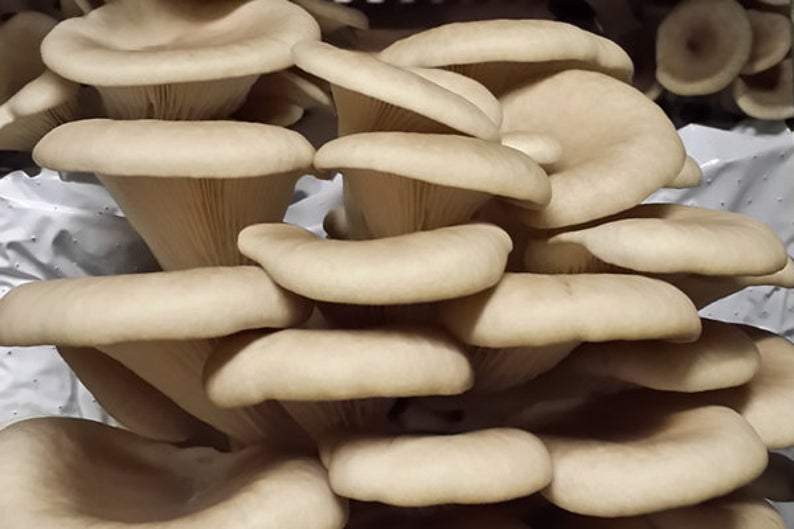
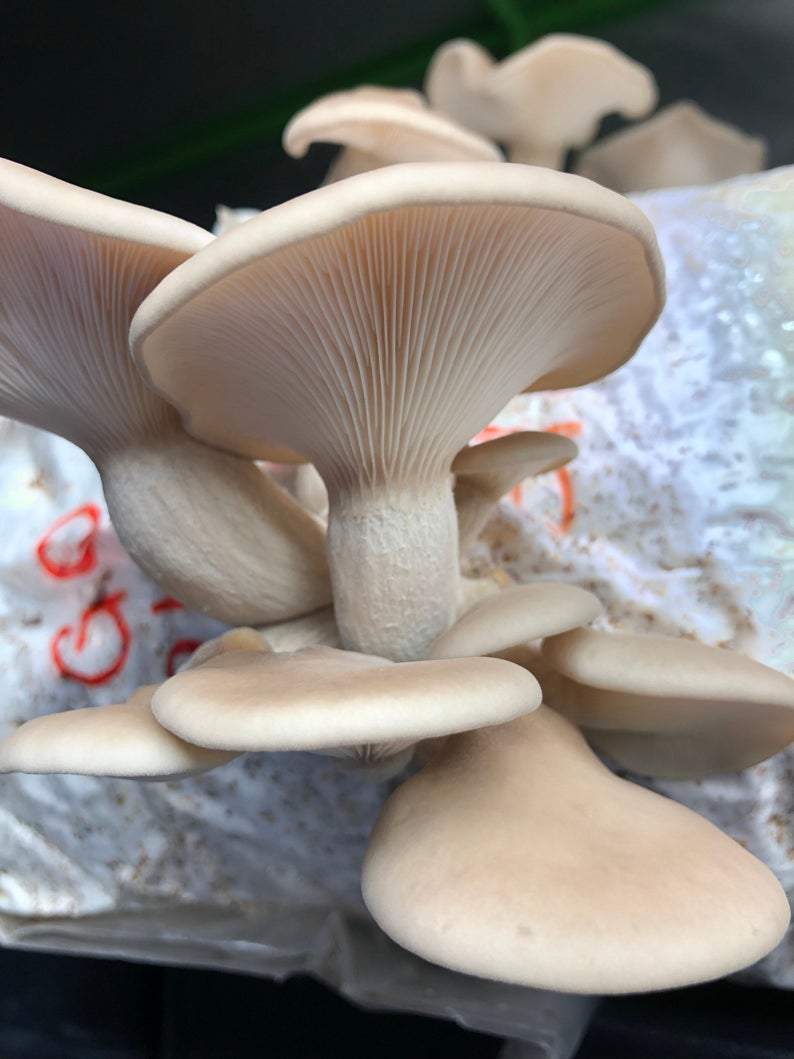
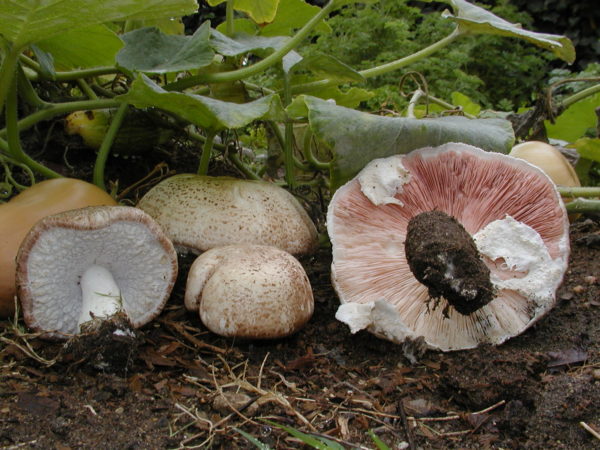
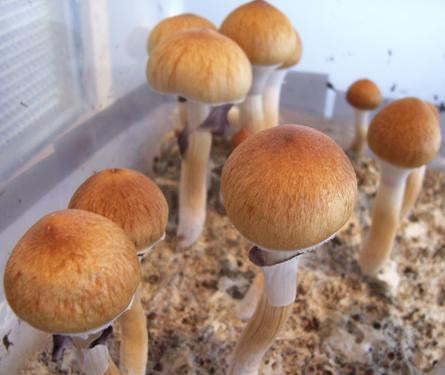

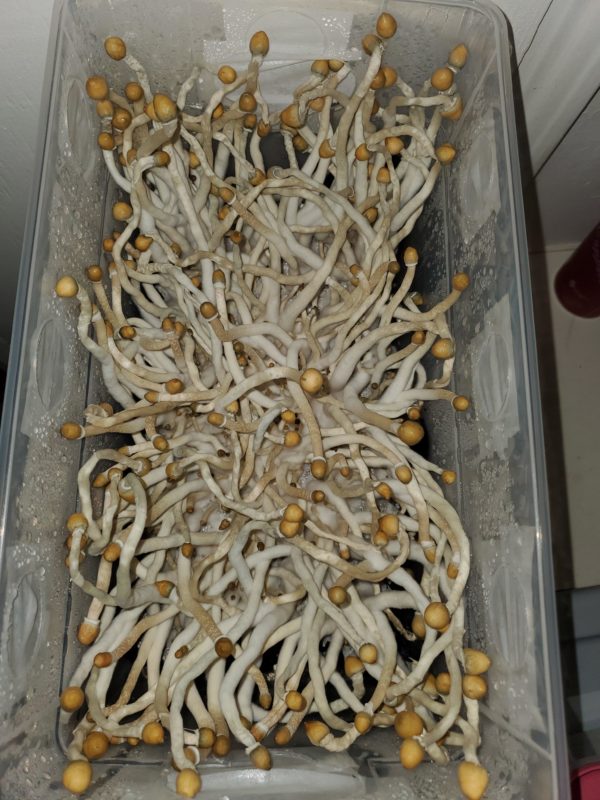
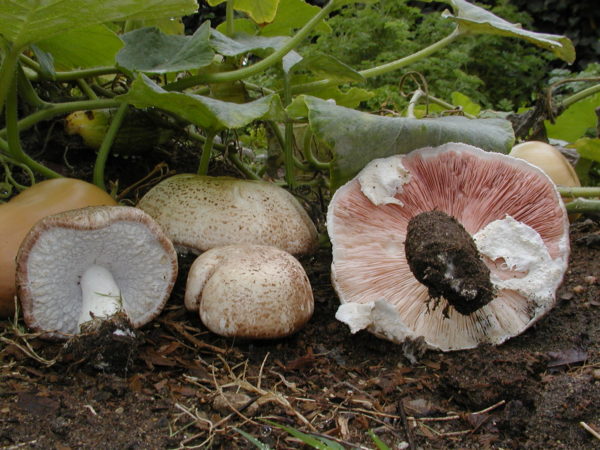
Reviews
There are no reviews yet.